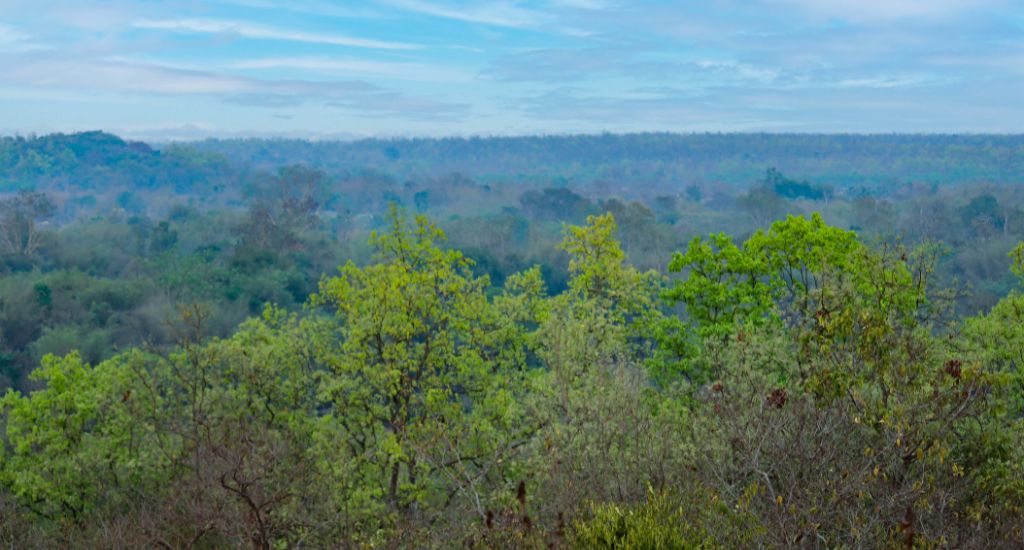
Cut off from forests, Odisha’s tribe struggles to survive
Once known for its intricate relationship with the forest, the Hill Kharia tribal community in Odisha now battles malnutrition and other serious health issues.

Once known for its intricate relationship with the forest, the Hill Kharia tribal community in Odisha now battles malnutrition and other serious health issues.
Sriram Dehuri, 72, reminisces about his old home and the forest his semi-nomadic forefathers harvested in what has become one of Odisha’s much-vaunted tiger and nature reserves – the Similipal National Park in Mayurbhanj district.
He is among many Hill Kharia people who had to leave the deep woods and move into small, brick-and-mortar, asbestos-roofed huts on the edge of the protected sanctuary under a government resettlement programme in 1988 in Odisha.
The Hill Kharias are one of the 75 tribal groups in India that the government classifies as particularly vulnerable.
Sriram now lives in the settlement of Podagarh, burrowed between Similipal’s foothills and a skyline of sal trees.
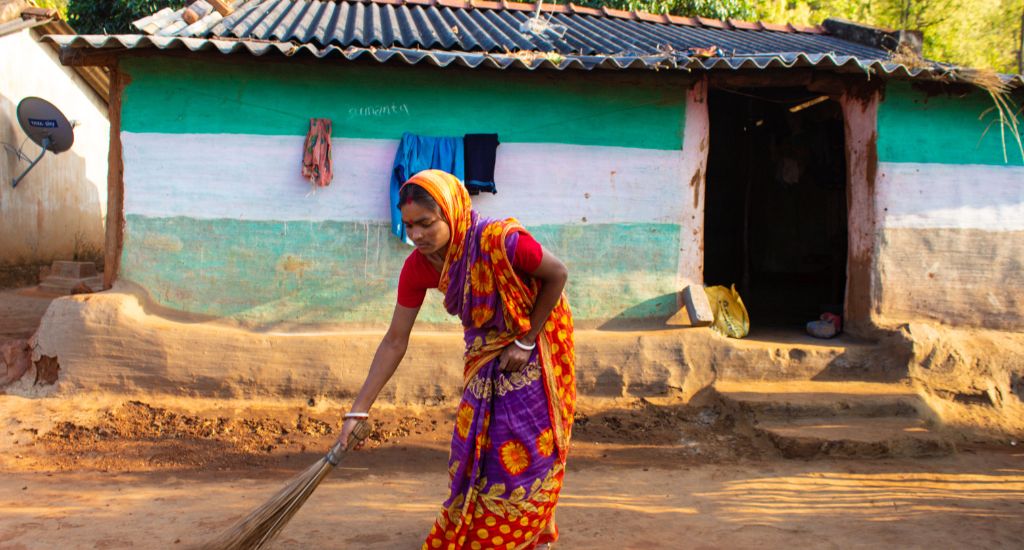
For years, the 65 households of the village had lived comfortably among the trees in typical Hill Kharia dwellings ideal for the tropical weather – windowless, one-door longhouses made of sal wood, mud, and a thatched roof.
The new houses have seen their best days.
“Most are in a rundown condition. The roofs leak, the walls have cracks and are unstable. A spell of heavy rain may knock them over,” said Sabita Dehuri, mother of three. A scary situation for someone living on the front edge of India’s cyclone range.
Sabita’s husband Shiva Charan Dehuri said the villagers had requested the sarpanch several times to ask the authorities to rebuild their houses under the Indira Awas Yojana, a government housing scheme. “But to no avail,” he lamented.
Sarpanch Nuni Alda acknowledged the villagers’ fears of being buried alive in their homes in a storm. She said the houses were built more than 35 years ago and haven’t seen any repairs since.
Also Read | Jungle Warriors: Odisha women set up jungle huts to save forests
“The size of Kharia families has grown over the years. They need better houses. We have informed the district administration. No action has been taken yet,” she said.
The Hill Kharias of the Eastern Ghats had been living off the land for millennia, foraging vast swathes of forests for honey, berries, fruits, tubers, sal leaves, and resin.
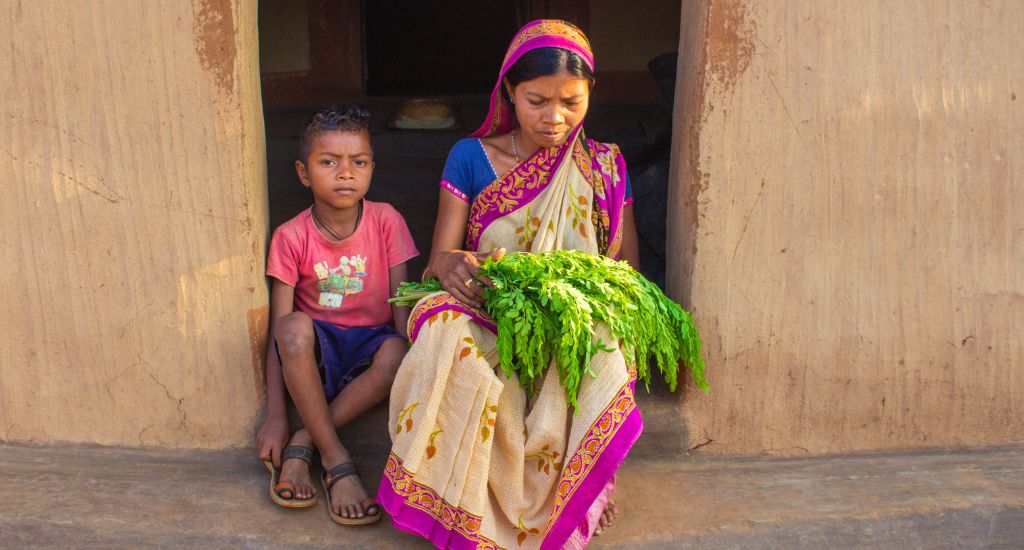
But access to these resources became limited after Similipal was declared a wildlife sanctuary in 1979 and in later years, it was made a national park, a tiger reserve, and a Unesco-recognised biosphere reserve.
While conservation measures provided protection to endangered flora and fauna in the pristine wilderness, the policies also drew accusations of uprooting communities that had lived in the forests for centuries.
Sriram wondered aloud: “We have been evicted from our ancestral lands and we lost all rights to even collect honey from the deep forests. How can we continue living like this?”
Jhuna, a dry abstract from stem resin of the Sal tree – often used as incense in the area – is the tribe’s primary source of livelihood as they collect the resin from the Sal forest.
“No religious ceremony or ritual is complete without jhuna. The smoke from the burning of jhuna keeps mosquitos and bugs away,” said Madhubati Dehuri.
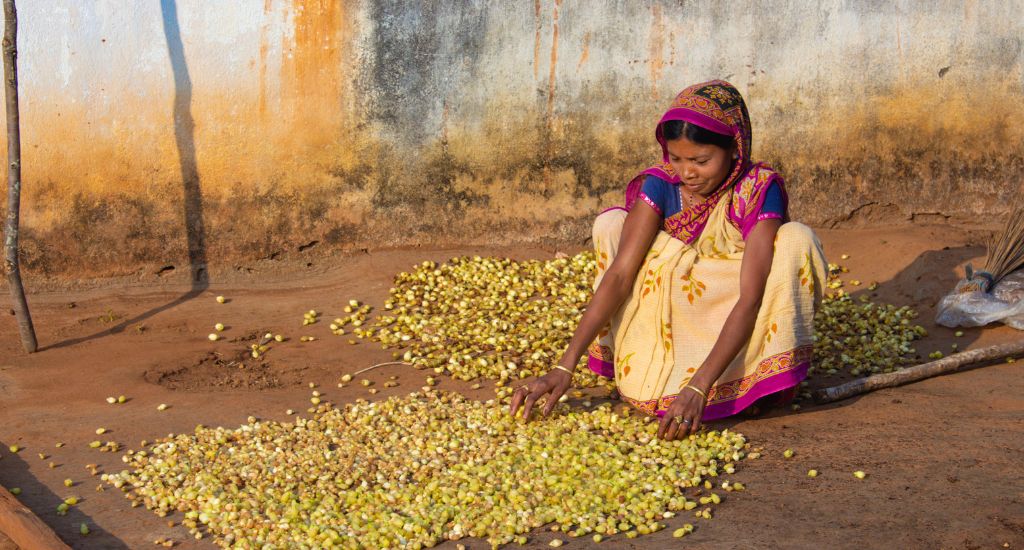
Honey is another major source of income.
“We make sure the queen bee isn’t harmed. If the queen dies, the entire colony dies. We only harvest what we need and leave enough honey for the bees to return to the hive,” said Rajendra Dehuri, a honey-hunter, explaining how it’s done sustainably.
Also Read | Odisha women fight malnutrition with backyard gardens
Kharias are also known for palua, a delicacy prepared from wild arrowroot rhizomes that the tribespeople collect between December and March. To make the stringent tuber edible, they dig deep into traditional knowledge. Gluten-free arrowroot flour is used in a variety of dishes.
“Palua is highly nutritious. It is good for pregnant women and babies because it is easy to digest,” said Bharat Dehuri.
The forest provided them with everything. But with limited access to the forest and no arable land near their settlements, many are forced to migrate to faraway villages to work as farmhands for piffling wages – Rs 120 for a day’s labour to men, Rs 100 for women. No doubt, the community is among the poorest in India.
“If we don’t do this work, we won’t survive,” said Jasodha, who exhausts her takings on provisions like salt, spices, cooking oil, and vegetables.
“Free rice rations are given in Podagarh,” said Tofan Kumar Besra, a ward member. But this has eroded the tribe’s dietary diversity rich in micronutrients and promoted a diet of carbohydrate-based food.
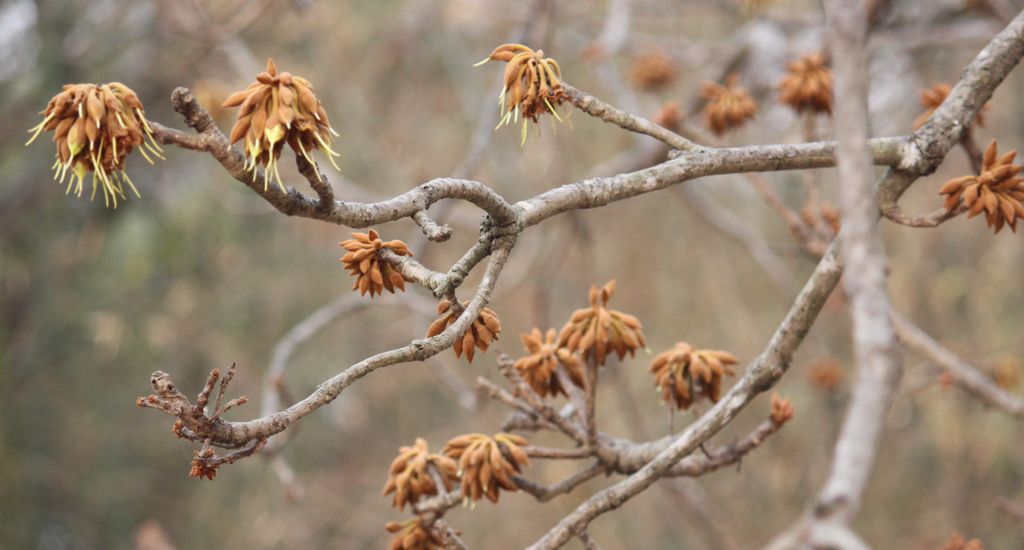
“Malnutrition is high among Kharia children. They and the womenfolk have serious health issues,” said Tofan. The nearest primary healthcare centre is 7km away, a tiring trek along a dirt track.
Podagarh has two tube wells for drinking water, which get muddy in the rainy season.
“Deep inside the forest, there are several perennial streams. Water is abundant round the year,” said Rajani Dehuri, an elderly woman, reminiscing about the clean water she drank in her childhood.
Also Read | Tech transforms tribal women’s lives in Odisha, Jharkhand
Women spend hours collecting mahua flowers that blossom in the summer. “We sell them for Rs 30 a kg in the weekly market. Traders come to our village and they pay Rs 20 a kilo,” said Jasodha Dehuri.
The flowers make the local brew “mahuli”. The tribes-folk used to drink as part of their tradition, during religious rituals and ceremonies. They do now mostly to forget their sorrow and pain.
The lead image at the top shows the Similipal Biosphere Reserve has the largest zone of Sal in all of India (Photo by Abhijit Mohanty)